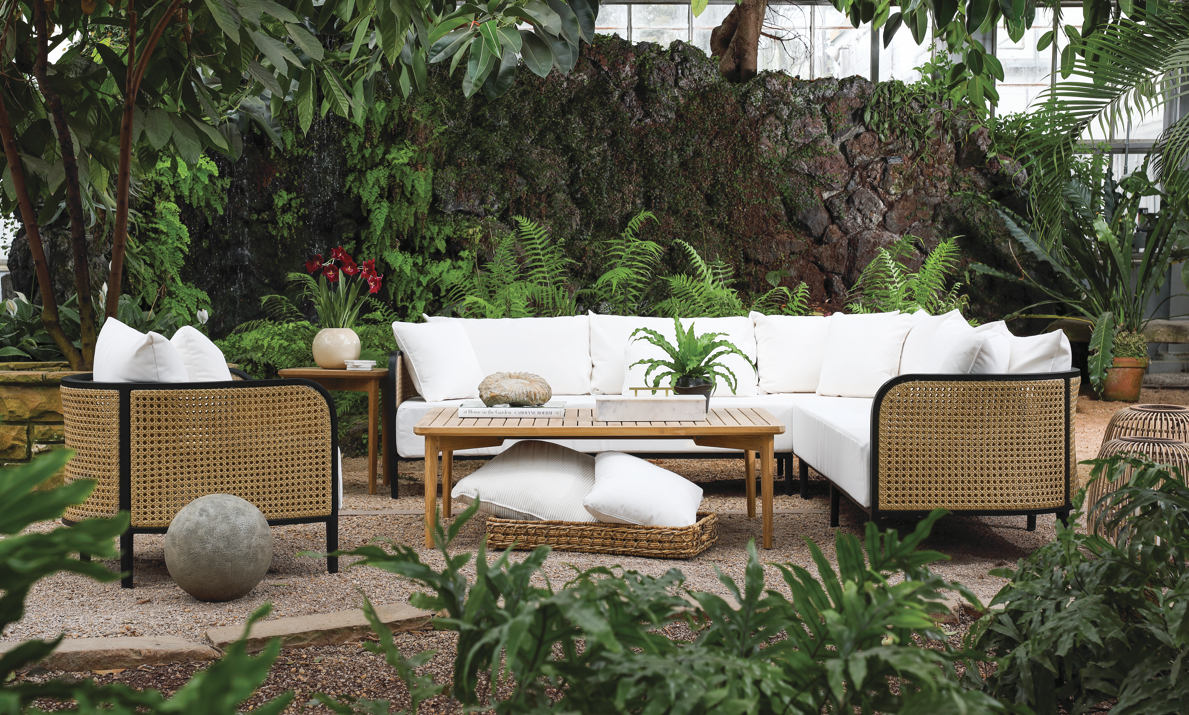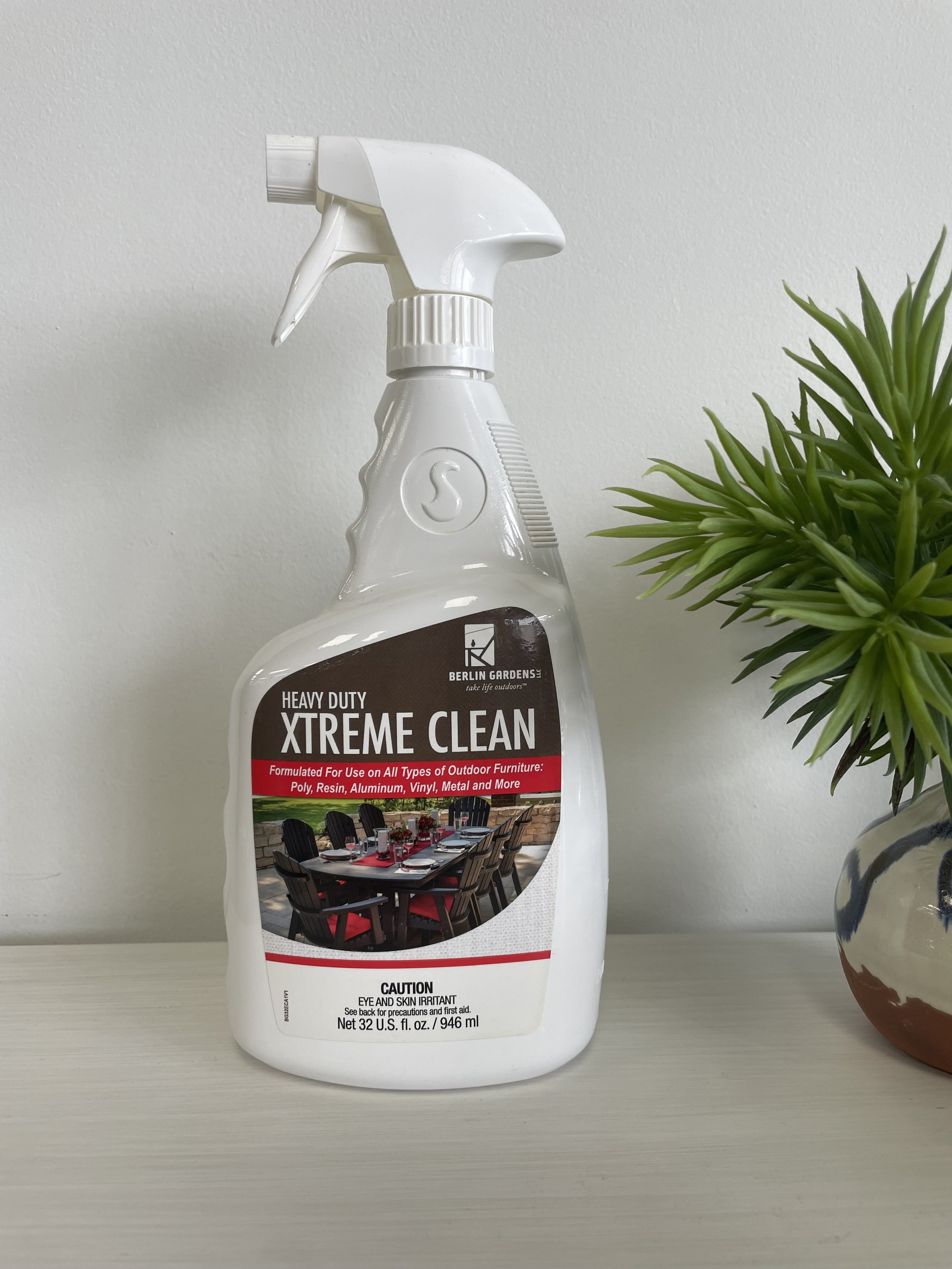Protecting Your Patio Furniture From the Elements
Outdoor patio furniture comes in a variety of different materials including teak, wicker, fabric, and metal. Each material has unique upkeep to protect your furniture from outdoor elements such as rain, mold and mildew, and rust. Following these care instructions will not only protect your patio furniture but will also prolong its life.
All Outdoor Furniture
Building a pergola or having some sort of outdoor structure will help protect patio furniture of any material from the elements, especially the sun. If the sun shines directly on your furniture or for extended periods, it can cause discoloration and warping. Pergolas and outdoor structures can also help protect your patio furniture from getting drenched in downpours. If damaged by water, the integrity of the furniture could be compromised, making it less sturdy. Exposure to water could also cause rusting on patio pieces made from metal.
Furniture covers are another great option to help protect your outdoor furniture from the elements, but they require upkeep as well. Just like the furniture itself, covers are susceptible to gathering mold and muck over time. We recommend using hot soapy water and a heavy-duty large brush to remove dust and dirt. Then rinse the covers with a high-pressure hose. Once they have dried, apply a UV protectant to both furniture and covers. We will discuss the best type of UV protectant to use for your furniture based on its material later in this article. We suggest giving your patio furniture cover a good clean before the start and end of every outdoor season.
Pergolas help provide shade and protection to your patio furniture from the harsh elements















